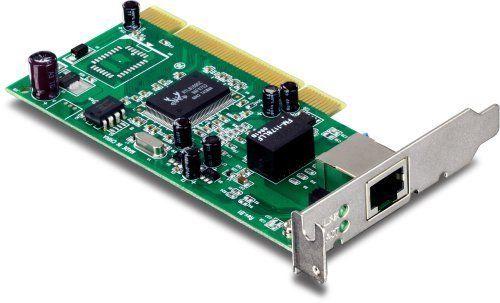- Related articles
- Optical Transceivers for Cisco N9K-C9372TX-E Switch
- Optical Transceivers for Cisco SLM224PT-UK Switch
- Optical Transceivers for Cisco SF350-48P-K9-UK Switch
- Optical Transceivers for Cisco WS-C3650-48PS-L Switch
- Optical Transceivers for Cisco WS-C3560V2-48TS-S Switch
- All Cisco MA-SFP-1GB-SX's information (List price, Specs, Datasheet PDF, Compatibility mat
- Used in 40GBASE-ER4 Standard Optical Transceiver Models
- Applicable to 40GBASE-SR Standard Optical Transceiver Models
- Applicable to 1000BASE-SX Standard Optical Transceiver Models
- Optical Transceivers for Cisco WS-C3650-48FWS-S Switch

Motherboard network card also known as network interface card (NIC) allows computers to communicate over a computer network, either by using cables or wirelessly. The NIC is both a physical layer and data link layer device, as it provides physical access to a networking medium and, for IEEE 802 and similar networks, provides a low-level addressing system through the use of MAC addresses that are uniquely assigned to network interfaces.

Definition of Motherboard Network Card
Motherboard network card known as Network Interface Card (NIC) is a computer hardware component that allows a computer to connect to a network. NICs may be used for both wired and wireless connections. A network interface card provides the computer with a dedicated, full-time connection to a network.
Functions of Network Interface Card
In general, people refer to Ethernet-enabled cards are NICs. Wireless cards are sometimes called WNICs, but they are often just called wireless cards. However, the term "NIC" encompasses all of these items. While Ethernet ports and cards are less common than they once were, they are still important for enterprise infrastructure, and servers use them to control multiple connections and to handle a high volume of traffic.
One NIC can handle a number of Ethernet connections by attaching a switch or router to it. While most people are used to standalone routers, many enterprise and server-grade routers are full servers attached to switches. In some cases, two or more NICs might be used to provide more throughputs.
Offices often use Ethernet connections for workstations and desktops. Ethernet cables are easier to configure than wireless cards, and they can provide better throughput in certain scenarios. As more offices move to cloud-based operations, Ethernet cables are likely to be used to prevent wireless channels from becoming congested.
A network card functions as a middleman between your computer and the data network. For example, when you log in to a website, the PC passes the site information to the network card, which converts the address into electrical impulses. Network cables carry these impulses to a Web server somewhere on the Internet, which responds by sending a Web page, back to you, once again in the form of electronic signals. The card receives these signals and turns them into data that your PC displays.
Summary
There are many types of network cards available in the market today. In new computers, many NICs are now pre-installed by the manufacturer. All NICs feature a speed rating such as 11 Mbps, 54 Mbps or 100 Mbps that suggest the general performance of the unit.





































































